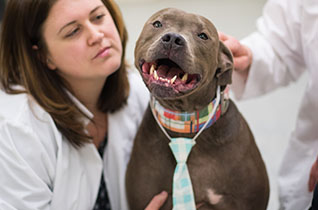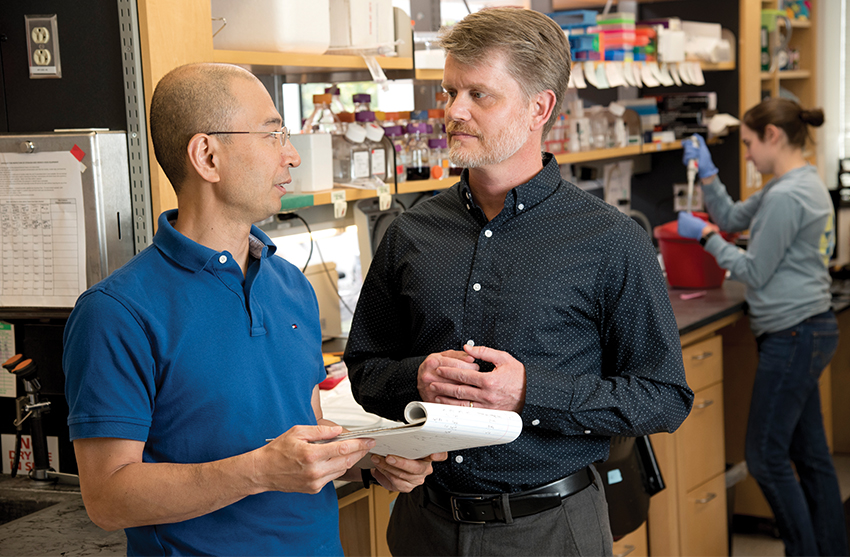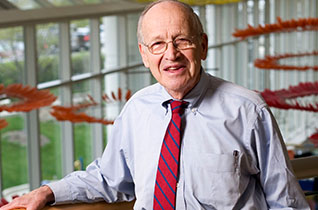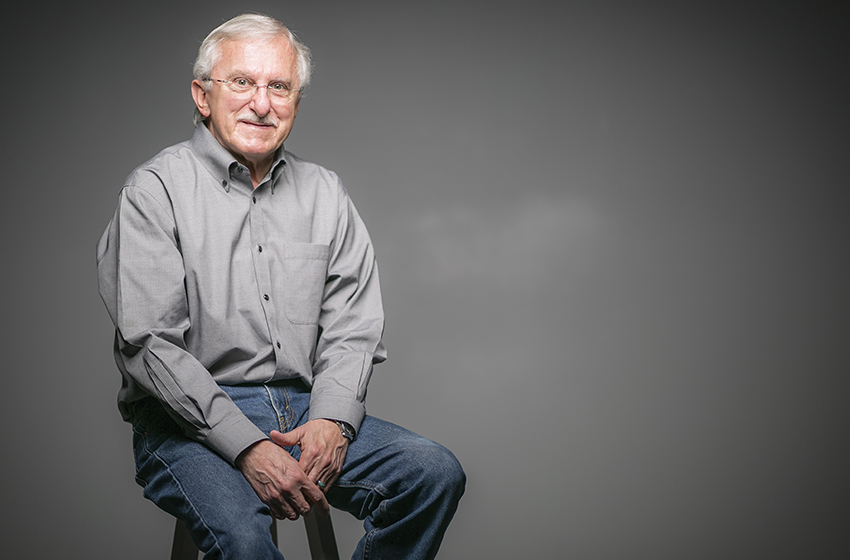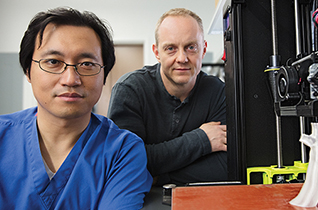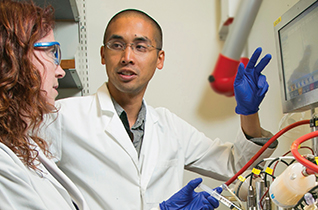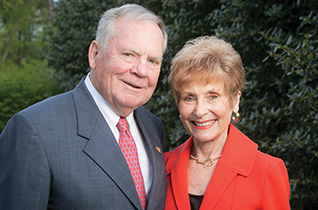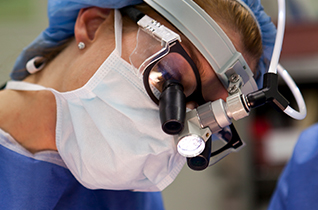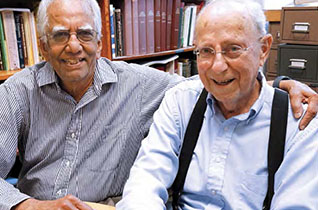
When K.V. Rajagopalan, PhD, arrived in the United States from India to begin his postdoctoral work in the Department of Biochemistry at Duke, he familiarized himself with the department’s members by reading their journal articles. Among them were a series of papers reporting startling research on oxygen radicals by a young biochemist named Irwin Fridovich, PhD’55.
